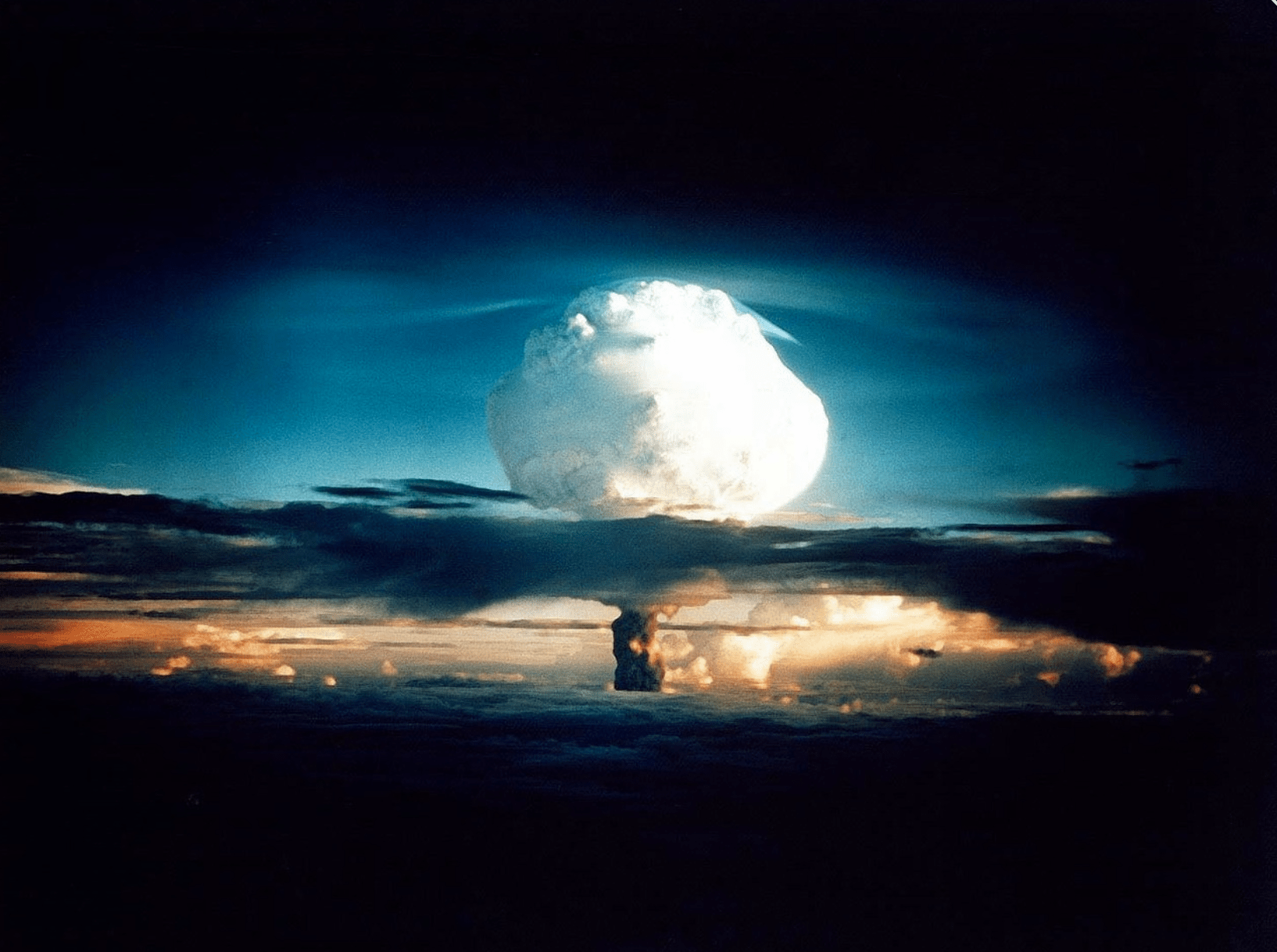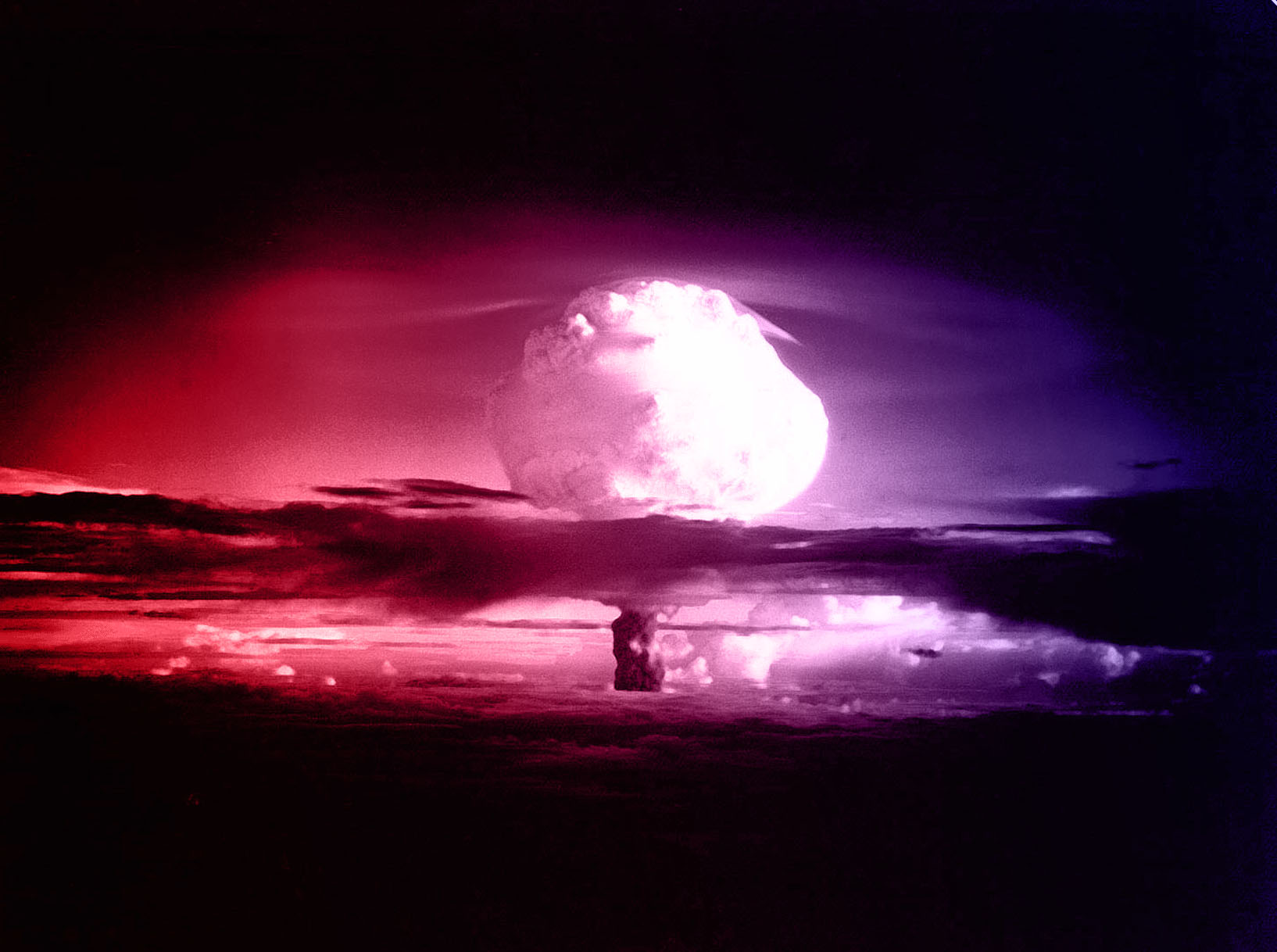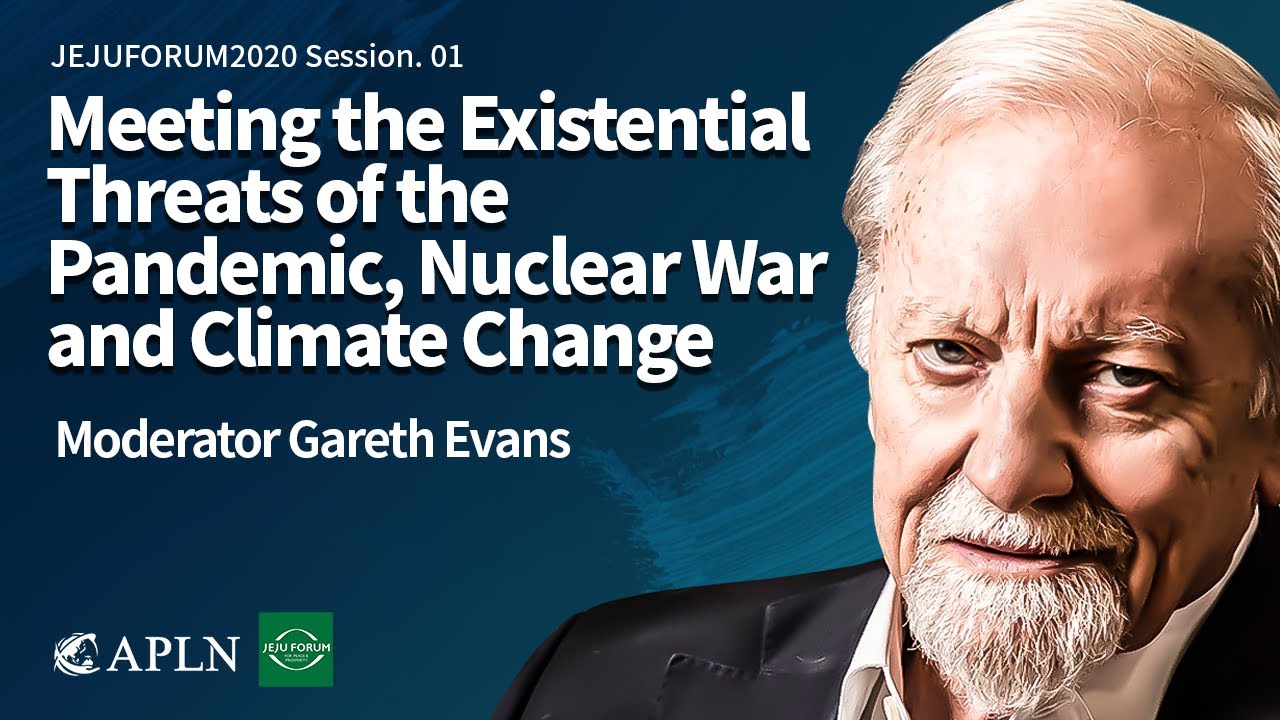Report: Pandemic Futures and Nuclear Weapon Risks
Update (January 27, 2021): New Korean and Japanese language versions of the report are available here.
New analysis by the Research Center for Nuclear Weapons Abolition, Nagasaki University (RECNA), Asia-Pacific Leadership Network (APLN), and Nautilus Institute, explores how the far-reaching impacts of COVID-19 and future pandemics could alter the landscape for nuclear risk and disarmament.
In less than a year, the global pandemic has exposed how in an interconnected world states can lack the capacity and political will to effectively manage a public disaster. This new report identifies future scenarios, challenges and opportunities for governments, civil society, and market actors to reduce existential risks, including nuclear risks, in Northeast Asia.
The findings are the culmination of a series of scenario planning workshops imagining highly uncertain future conditions and generating a series of “robust actions” that if taken today would ensure that states and societies are better prepared for future risks. Many of the report’s recommendations are drawn from lessons from the pandemic for addressing nuclear threats and cover constituent engagement, technological solutions and regional approaches.
Recommendations include:
- Establishing nuclear hotlines: There no routinized communication channel between nuclear commanders. Establishing nuclear hotlines could be a joint initiative in a regional security framework, or championed by a regional middle power. It could be developed using open-source means with market players contributing faster to a project.
- Establishing a Northeast Asian (NEA) Public Health Security Initiative: The pandemic has unequivocally demonstrated that strong public health systems are the best defence against pandemics and deliberate weaponization of pathogenic agents. Northeast Asian cities could promote a regional public health security initiative to respond to these threats.
- Establishing city networks and regional cooperation networks: Cities and other local and regional governments could work together better to tackle nuclear risks and other global threats such as climate change. Cities could push their national governments to establish Northeast Asia-nuclear-weapon-free zones, organizations such as Mayors for Peace could play a bigger role, and new networks of cities and regions could be established.
- Developing new platforms for sharing emergency response information: Misinformation can undermine public trust and confidence with catastrophic consequences in the event of a nuclear crisis. New platforms or approaches are needed to verify the source and accuracy of information to respond to an emergency.
- The report highlights that the global conversation on nuclear disarmament has become calcified. There are opportunities for non-traditional actors, including in reforming existing institutions (potentially forging new kinds of institutions) to bring a fresh approach to tackling these challenges.
The first open session of the workshop with expert presentations is available to watch here.
Further information about the project including the special expert reports is available here.
The project is co-hosted by the Research Center for Nuclear Weapons Abolition, Nagasaki University (RECNA), the Asia-Pacific Leadership Network for Nuclear Non-proliferation and Disarmament (APLN), and Nautilus Institute, in cooperation with the Nagasaki University Planetary Health Project and the Panel on Peace and Security of Northeast Asia (PSNA).
This report was prepared by Doug Randall, Chuck Kapelke, and staff of Nautilus Institute, RECNA, and APLN.
The report is published simultaneously by RECNA here, and Nautilus Institute here. This report is published under a 4.0 International Creative Commons License, the terms of which are found here. The authors may be contacted via email at: nautilus@nautilus.org.
Copyediting by Maureen Jerrett, with input from workshop participants.
This report is published under a 4.0 International Creative Commons License the terms of which are found here.
Banner image: Sophia Mauro for Nautilus Institute. This graphic shows the pandemic distribution from the COVID-19 Dashboard by the Center for Systems Science and Engineering (CSSE) at Johns Hopkins University (JHU) as of September 25, 2020; and the two-directional nuclear threat relationships between nuclear-armed states in the form of missile trajectories with re-entry vehicle at the apogees.
Image: Pixabay stock.



